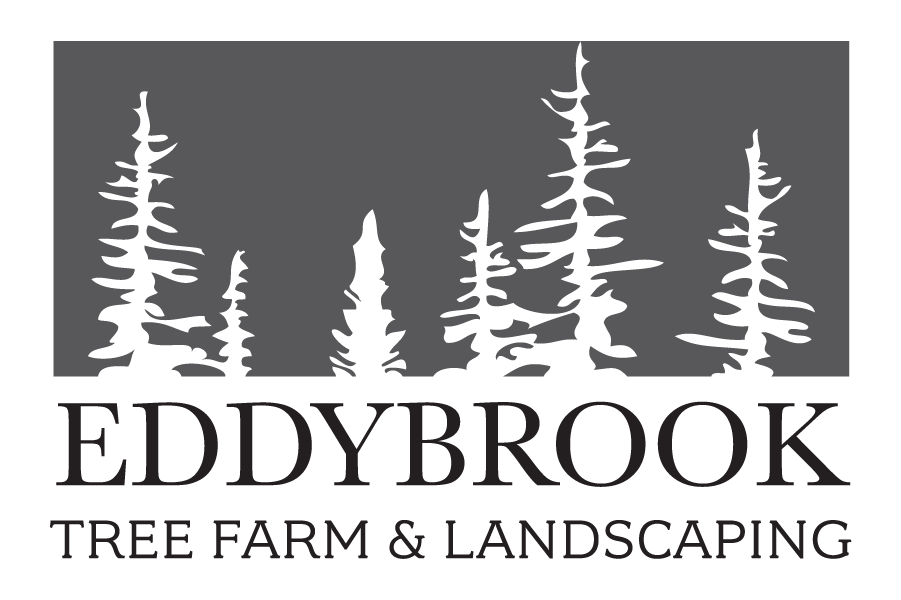Below is the top 10 list of Christmas tree types according to About.com:
10: Virginia pine: has only recently been used as a Christmas tree. It tolerates warmer temperatures and has been developed as a southern alternative to Scotch pine. The tree has to be mechanically formed into shape; the foliage is dark green to gray in color; the limbs are stout with woody branches; Virginia pine is becoming one of the most often purchased (and affordable) Christmas trees in the Southeastern United States.
9: White fir or Concolor fir: White fir is one of the longest-needled firs and is sometimes mistaken for a pine. A significant portion of these Christmas trees are used in California. Concolor fir has blue-green needles that are 1/2 to 1-1/2 inches long. The fir has a nice shape with a pleasing aroma and good needle retention.
8: Eastern White Pine: White pine has been valued as a timber tree for centuries but can be cultivated for a Christmas tree if heavily sheared. White pine is grown mostly in the mid-Atlantic states for commercial Christmas trees. The tree retains needles throughout the holiday season but has little or no fragrance and not a good tree for heavy ornaments. The tree is sought by people who suffer from allergic reactions to more fragrant trees. The White pine is the largest pine in United States and the state tree of Michigan and Maine.
7: White spruce: White spruce is a tree of the northeastern US and Canada. It is a regional favorite because it grows into the best shapes in the wild for cut-it-yourselfers. White spruce has green to bluish green needles but crushed needles have an unpleasant odor. Another problem with the spruce is it has poor needle retention. The thick-limbed tree is excellent for heavy ornaments. White spruce is the state tree of South Dakota.
6: Eastern red cedar: The Eastern red cedar (ERC) is mainly a regional favorite and has been a traditional Christmas tree of the Southern United States. Branches of eastern redcedar are light but compact and forms a pyramidal crown as a young tree and pruning is not necessary. It is a favorite cut yourself tree that is widely available. Actually ERC is not a true cedar but in fact a juniper. Very aromatic needles are a dark, shiny, green color and sharp and prickly to the touch.
5: Scotch Pine: Scotch or "Scots" pine is the most planted commercial Christmas tree in North America according to NCTA. However, this survey does not suggest that it is the most popular. A true pine, Scots pine was imported from Europe and is not native to America. It was first used in reforestation efforts in the New World. Scotch pine tree has stiff branches, two bundled dark green needles 1 to 3 inches long that are retained for four weeks. The aroma is long-lasting and lingers through the entire season. Scotch pine does not drop needles when dry - excellent retention.
4: Colorado Blue Spruce: The Colorado Blue Spruce is most familiar to people as an ornamental landscape tree. The tree has dark green to powdery blue needles, 1 to 3 inches long and a pyramidal form when young. Colorado blue spruce is very often sold as a "living Christmas tree" which includes an entire root ball - to be planted after the holidays. The spruce was chosen in 1978 and planted as the official living White House Lawn Christmas tree. The young tree is pleasingly symmetrical, is best among species for needle retention and the state tree of both Utah & Colorado.
3: Balsam fir: Balsam fir is a beautiful pyramidal tree with short, flat, long-lasting, aromatic needles. Balsam fir and Fraser fir have many similar characteristics and some botanists consider them extensions of the same species. Their geographic ranges do not overlap and the balsam fir has to have cold winters and cool summers. Balsam fir has a nice, dark green color and very fragrant. The tree was named for the balsam or resin found in blisters on bark and which was used to treat wounds in Civil War.
2: Douglas fir: Douglas Fir is not a true fir but actually has its own unique species classification. Unlike true firs the cones on Douglas fir hang downward. Douglas fir trees grow into a cone-shaped naturally, has 1 to 1-1/2 inch needles that are persistent and has a sweet scent when crushed. The "Doug" fir tree is shipped to and found in nearly every tree lot in the Unites States. The tree was named after David Douglas who studied the tree in the 1800's.
1: Fraser fir: Fraser fir is a native southern fir and very similar to Balsam fir. Some say it is a southern extension of the Balsam fir species and naturally grows at elevations above 5,000 feet. This fir has dark green needles, 1/2 to 1 inch long and ships well. The tree has excellent needle retention along with a nice scent. Fraser fir was named for Scot botanist John Fraser who explored the southern Appalachians in the late 1700's. Fraser fir and Doug fir are the staple cut Christmas trees for the largest retail sellers which greatly influences this poll.
These are some ideas for your Christmas tree for the season. Big thank you to About.com for posting this great list! Be sure to contact Eddybrook for you tree questions! Happy Christmas tree hunting.

